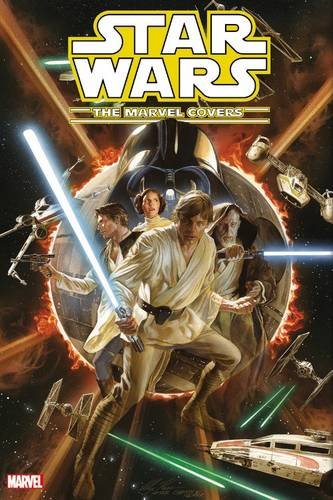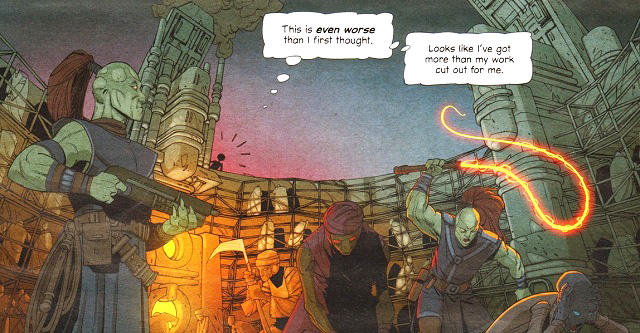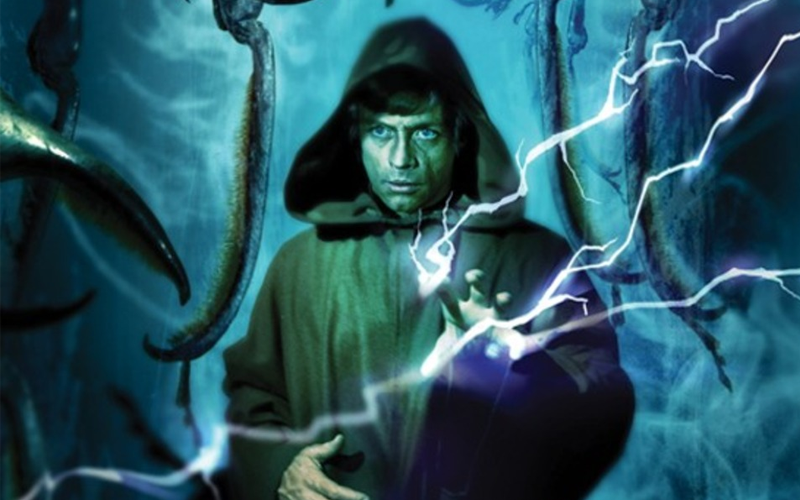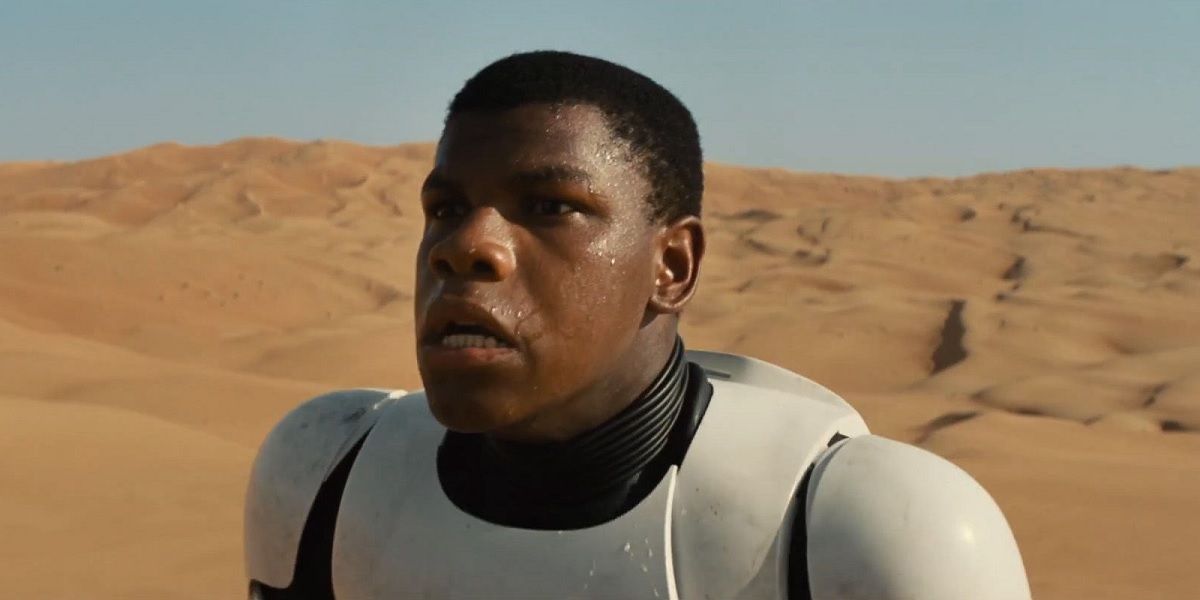 With the first salvo of the trade collections of Marvel’s Star Wars material now out, it’s an excellent opportunity to kick off a new series that takes an askew look at the trades. This inaugural edition will be looking at Star Wars: Volume 1: Skywalker Strikes, Darth Vader: Volume 1: Vader, Princess Leia, Kanan: Volume 1: The Last Padawan, Shattered Empire and Star Wars: The Marvel Covers: Volume 1.
With the first salvo of the trade collections of Marvel’s Star Wars material now out, it’s an excellent opportunity to kick off a new series that takes an askew look at the trades. This inaugural edition will be looking at Star Wars: Volume 1: Skywalker Strikes, Darth Vader: Volume 1: Vader, Princess Leia, Kanan: Volume 1: The Last Padawan, Shattered Empire and Star Wars: The Marvel Covers: Volume 1.
On their superhero lines Marvel have often used a core book technique, with one book being the high-profile one where the big events happen, with a second in a supporting role. One of the things they like to claim is both can be read on their own. To a degree, that is true, to another degree it’s utter rubbish. You can read the Darth Vader book without reading Star Wars, yet what goes on in the latter is often in response to what goes on in the former! Kieron Gillen does his best to enable the reader to know what they need to for the story he’s spinning, but it’s still a reductive summary at best.
The main book does indeed start off with a bang and if Marvel are doing one thing very well – it’s setting up excellent creative pairings for particular arcs. John Cassaday is not – as anyone who ever read Planetary will attest – a monthly artist, but Marvel gave him enough lead time to have all six issues done! What he has going for him is an excellent narrative style that gives a great sense of energy and movement to the panels. The story also works on the basis that while people may talk of the Force, they know little of it or what command of it permits the likes of Vader to do. Had they known? Events would have played out very differently! Read More




